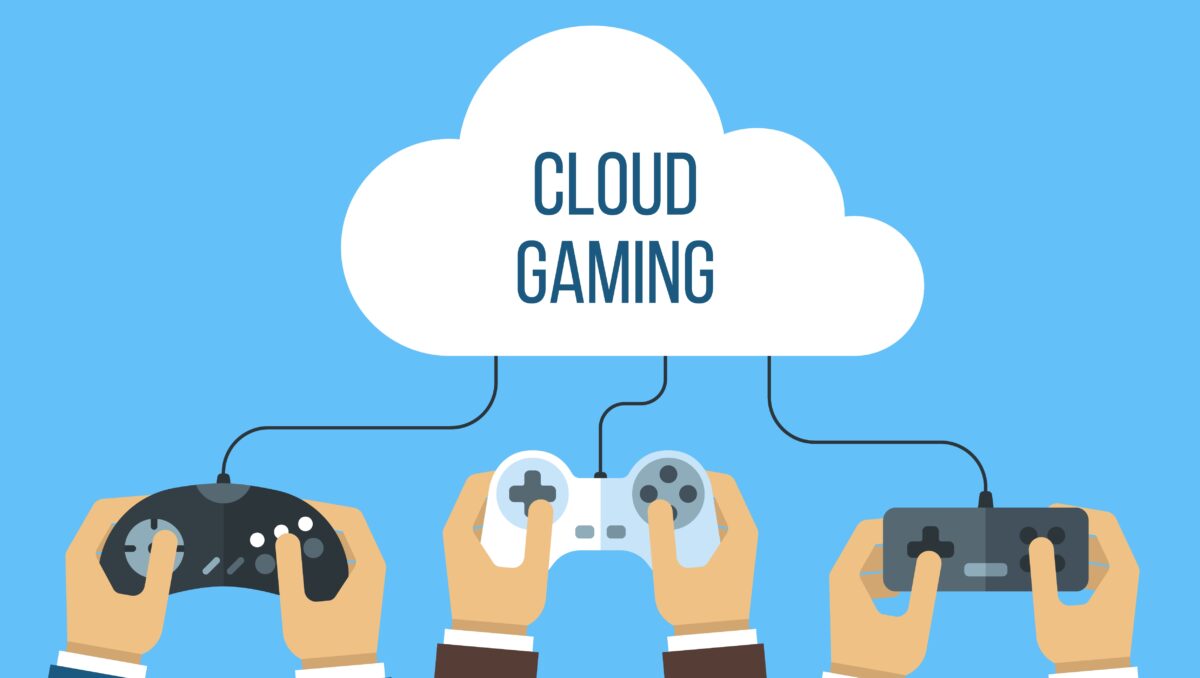Over the last few years there have been a plethora of protests throughout the world. From the strikes in Bolivia, to the currently ongoing Hong Kong extradition protests as well as Black Lives Matter protests all over the world. Although the people in all these protests are not directly connected with regards to their mission, there is one thing that all of them are subject to, and that is data collection. To anyone that has been following data collection practices over the past decade, it should be of no surprise that also data of protests is being used, monitored, evaluated, and profited off by a variety of parties. But who exactly are these parties, and what do they gain from analyzing the data that is gathered during protests?
Probably the most obvious parties that track data during protests are news and research firms, whom use data collection in order to provide insights into such events. For example, the company MobileWalla, that usually does not publicly bring out their data collection results, has provided an in-depth demographic (and more) overview of Black Live Matters protesters on multiple U.S. cities (Doffman, 2020). By tracking phones of individuals they are able to provide insights not only into demographic factors (like race and gender), but also whether protestors came from inside or outside the cities in which they protested.
Another group that is able to profit off of data-collection practices during protests are political movements. One example is Vestige Strategies. whose aim it is to promote the election of African-Americans into governmental functions. They used geofencing during George Floyd protests in order to target specific audiences for voting registration promotions (Mann, 2020).
The aforementioned two parties are not necessarily negatively influencing protesters (apart from possible privacy concerns). However, what happens if the party opposing protesters makes use of their data? The CCP, for example, has been tracking Hong Kong protesters using a variety of data- and AI related practices. Using face recognition, protest leaders are targeted, leading to a growing numbers of protestors trying to conceal their faces (Mozur, 2019). In the US, law enforcement also has been implementing data practices to track protests. The company Dataminr has been providing local law enforcement with Twitter (meta)data under the guise of “delivering breaking news alerts” (Biddle, 2020). This allows them to, for example, track protest locations.
Now it might seem that protesters themselves do not have anything to gain from the data that becomes available during protests. However, even protesters themselves have started implementing data-driven practices. The crowdsourcing app HKmap.live is used by Hong Kong protestors in order to track police activity (He, 2019). Thus, even protestors themselves are able to utilize data in their advantage.
This blogpost was not written to necessarily criticize the usage of data collected during protests. Its aim is merely to shed a light onto how data has become of importance even in areas one might not expect it. Also, with the large amount of protests happening these days, those that get involved should be aware of how their data might be used.
Sources:
Biddle, S. (2020). Police Surveilled George Floyd Protests With Help Form Twitter-Affiliated Startup Dataminr. The Intercept_. Retrieved from: https://theintercept.com/2020/07/09/ twitter-dataminr-police-spy-surveillance-black-lives-matter-protests/
Doffman, Z. (2020). Black Lives Matter: U.S. Protesters Tracked By Secretive Phone Location Technology. Forbes. Received from: https://www.forbes.com/sites/zakdoffman/2020/06/26/secretive-phone-tracking-company-publishes-location-data-on-black-lives-matter-protesters/#1b9ab67c4a1e
He, L. (2019). Apple removes app used by Hong Kong protesters to track police movements. CNN Business. Retrieved from: https://edition.cnn.com/2019/10/10/tech/apple-china-hkmap-app/index.html
Mann, S. (2020). Political groups use the cellphone data of protestors to better reach their target audiences. Just the News. Retrieved from: https://justthenews.com/politics-policy/privacy/political-groups-use-cellphone-data-protestors-better-reach-their-target
Mozur, P. (2019). In Hong Kong Protests, Faces Become Weapons. The New York Times. Retrieved from: https://www-nytimes-com.eur.idm.oclc.org/2019/07/26/technology/hong-kong-protests-facial-recognition-surveillance.html


